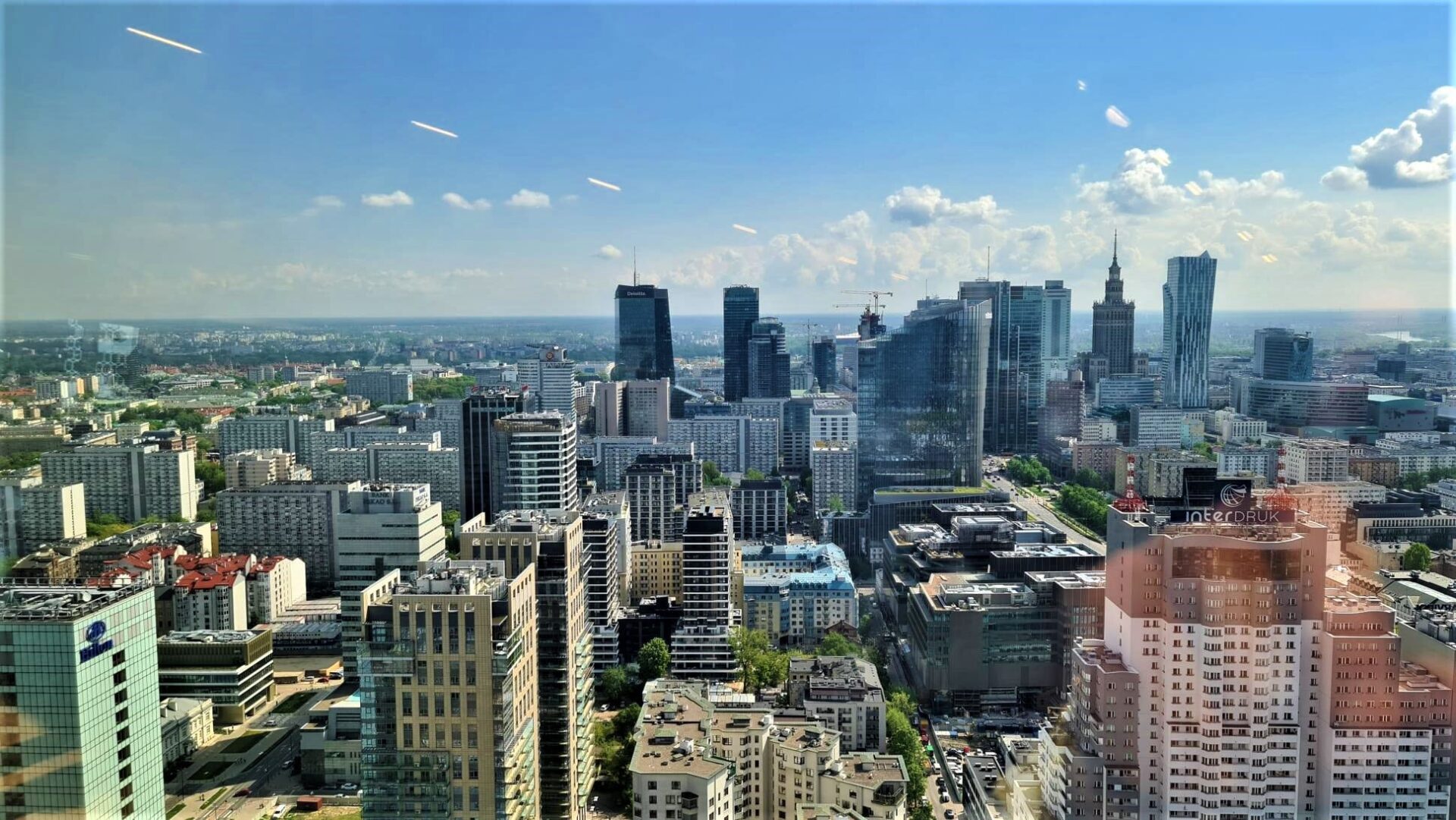According to international advisory firm Savills, average occupancy rates in offices across the eight largest European markets have risen over the past six months from 55% to 57%. However, on Tuesdays and Wednesdays, these rates reach 64% and 62% respectively, suggesting they are close to pre-pandemic values of around 70%.
Among all the cities analysed, Madrid boasts the highest average office occupancy rate (65%), outpacing Paris and West End in London (62%). At the same time, London’s borough reported the most significant increase in this figure over the past six months: from 50% to 62%. According to Savills, this is partly due to the activity of companies from the financial sector. The average occupancy rate in companies from this industry (excluding insurance) in central London already reaches 63%, mainly due to the preferred model of four days of office work. Many private equity and investment management firms prefer locations in the West End district, which has contributed to the rapid increase in this rate in this part of the city. Warsaw also recorded a significant increase in office occupancy since February – from 46% to 55%, with increasing interest from tenants in COB locations.
“The hybrid work model remains the leading one for the capital’s office market, and everything suggests that it will stay with us for longer. However, it’s worth noting the significant discrepancy between the preferences of organizations and the expectations of employees, leading to the work model still evolving in many companies. Tenants are undoubtedly striving for even greater cost optimization, and companies deciding to relocate often choose to reduce the space they occupy in exchange for a higher standard in centrally located offices,” comments Karol Grejbus, director in the tenant representation department at Savills.
Experts at Savills note that average occupancy rates on Tuesdays and Wednesdays are currently close to the so-called standard level of about 70%. This suggests that companies should exercise caution when planning leasing strategies and take into account the need to provide enough space on days when most employees come to the office.
“Our latest data show that average occupancy rates in the largest European cities have increased on all weekdays, but it’s worth considering especially the days with the highest occupancy rate, since they allow determining the minimum demand for office space. The key is to design an office that meets the diverse needs of employees, who should be provided with suitable working conditions adjusted to performing various tasks throughout the day. This, in turn, increases the importance of common office spaces, from which workers expect much more so they can positively impact work efficiency. Demand for high standard offices in multifunctional and well-communicated buildings continues to grow, and delays in implementing new projects and insufficient supply of top-quality spaces mean that tenants will compete with each other for the best locations, resulting in increasing rents,” comments Rebecca Webb, the director in the tenant advisory for international clients in the EMEA region at Savills.
“We anticipate that as the new balance is being established between the expectations of companies and employees, average office occupancy rates in Europe will begin to stabilize at around 60%, although they will vary depending on cities and sectors. The positive factors for European cities with high rates, such as Madrid and Paris, include a large proportion of people living in the centre, good transport infrastructure, and lower public transport costs,” adds Mike Barnes, Associate Director, research department in Europe, Savills.
